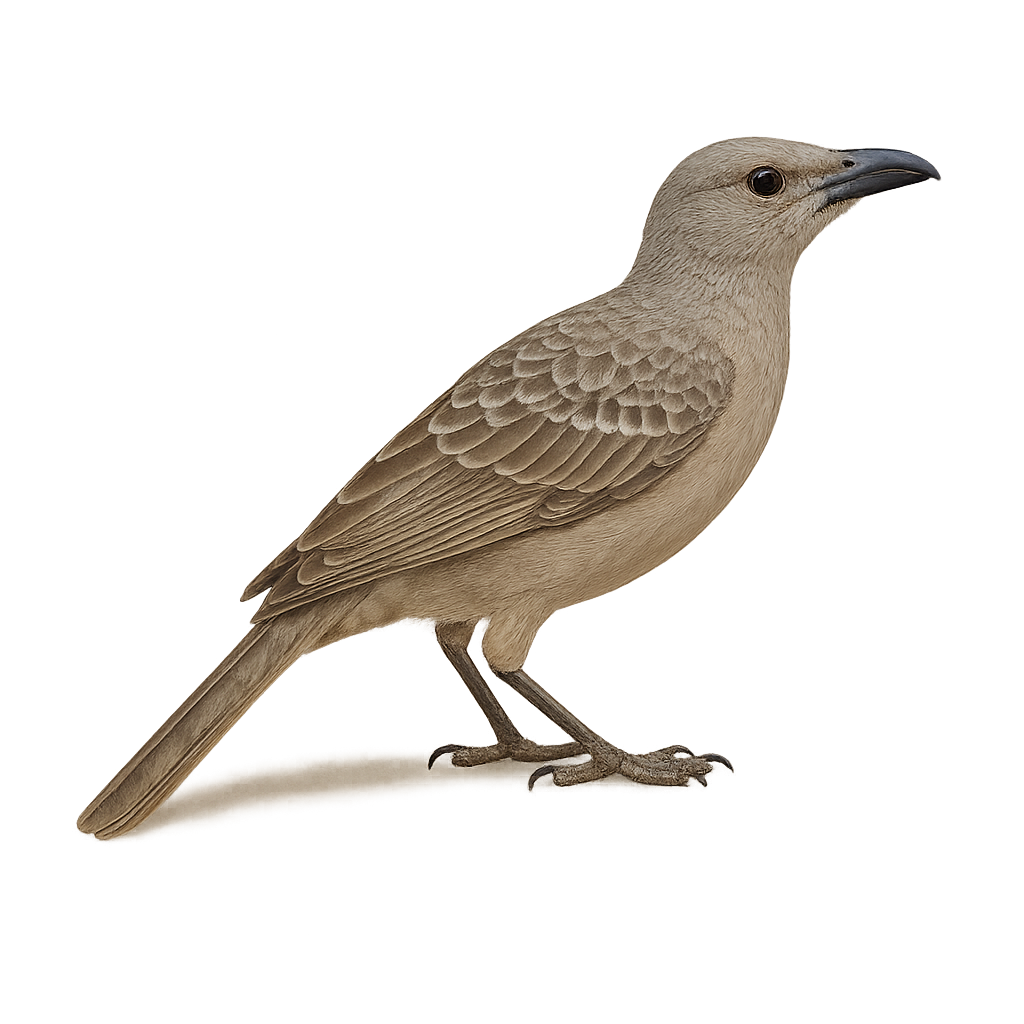Your wildlife photography guide.
Explore the great bowerbird in detail, study its behavior, prepare your shots.
Where to observe and photograph the great bowerbird in the wild
Learn where and when to spot the great bowerbird in the wild, how to identify the species based on distinctive features, and what natural environments it inhabits. The WildlifePhotographer app offers tailored photography tips that reflect the great bowerbird’s behavior, helping you capture better wildlife images. Explore the full species profile for key information including description, habitat, active periods, and approach techniques.
Great Bowerbird
Scientific name: Chlamydera nuchalis

IUCN Status: Least Concern
Family: Ptilonorhynchidae
Group: Birds
Sensitivity to human approach: Suspicious
Minimum approach distance: 10 m
Courtship display: October to December
Incubation: 19-21 jours
Hatchings: October to January
Habitat:
Open forests, savannas, woodlands
Activity period :
Primarily active during the day, with peak activity in the morning and late afternoon.
Identification and description:
The Great Bowerbird, Chlamydera nuchalis, is a fascinating bird native to Australia, renowned for its unique courtship behavior. Males build elaborate bowers decorated with colorful objects to attract females. Their plumage is primarily gray-brown with a distinctive pink patch on the nape. These birds are mainly frugivorous but also consume insects and other small animals. They inhabit various environments, including open forests, savannas, and woodlands. Their song is varied and often mimics environmental sounds. Although their population is stable, deforestation poses a potential threat.
Recommended lens:
400 mm – adjust based on distance, desired framing (portrait or habitat), and approach conditions.
Photography tips:
To photograph the Great Bowerbird, it is advisable to use a 400mm lens or longer to capture details without disturbing the bird. Look for the elaborate bowers they build, often adorned with colorful objects. Shoot early in the morning or late afternoon for the best natural light. Be patient and discreet to observe their fascinating behavior.
The WildlifePhotographer App is coming soon!
Be the first to explore the best nature spots, track rutting seasons, log your observations, and observe more wildlife.
Already 1 432 wildlife lovers subscribed worldwide

